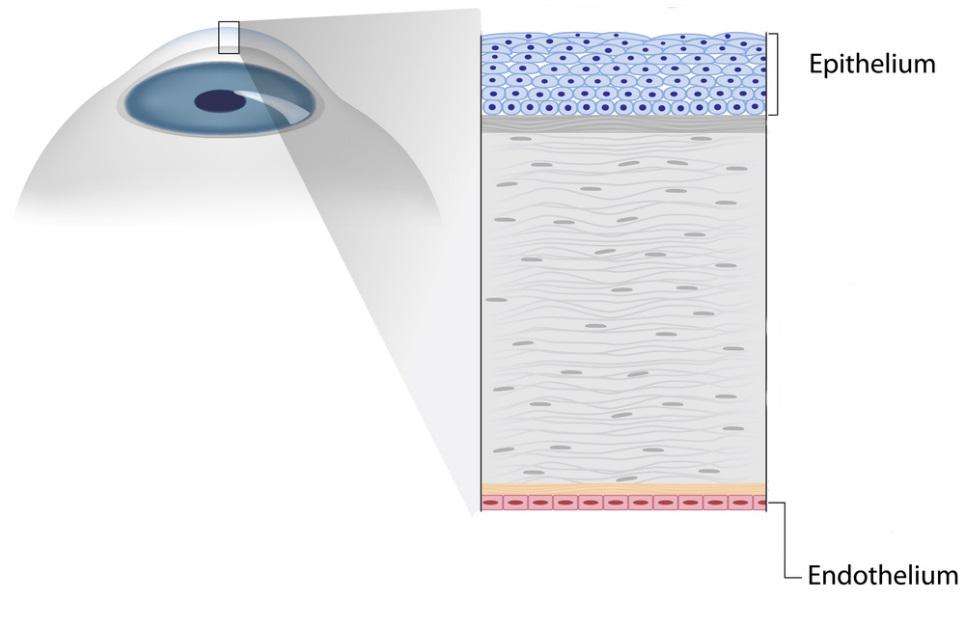Fuchs Dystrophy
The cornea is the clear front window of the eye. The front surface is covered by a layer of skin called the epithelium. The back surface is covered by a layer of cells called the endothelium. Normally, the cells of the endothelium prevent the cornea from getting swollen by constantly pumping out excess water.

Fuchs corneal dystrophy is a disease of the endothelium where the functioning of these cells is decreased. As a result, the cornea becomes swollen.
The earliest symptom of cornea swelling is decreased vision that is worst in the morning and improves as the day goes on. At this stage, the use of saltwater eye drops can assist in pulling water out of the cornea and improving your vision.
Over time, as Fuchs corneal dystrophy worsens and the cornea becomes more swollen, vision can remain blurry throughout the whole day. With even greater swelling, blisters can form on the front surface of the cornea. At this severity, drops are unlikely to be a sufficient treatment to improve vision.
When swelling has reached the point of causing painful blisters or poor vision that cannot be corrected with drops, surgery may be considered. Surgery involves replacing the poorly-functioning endothelial cells of a Fuchs corneal dystrophy patient with healthy cells from a donor. This is a partial-thickness corneal transplant called a DSAEK (Descemet’s stripping automated endothelial keratoplasty).
Visit the American Academy of Ophthalmology’s EyeSmart® website to learn more about Fuchs Dystrophy.



